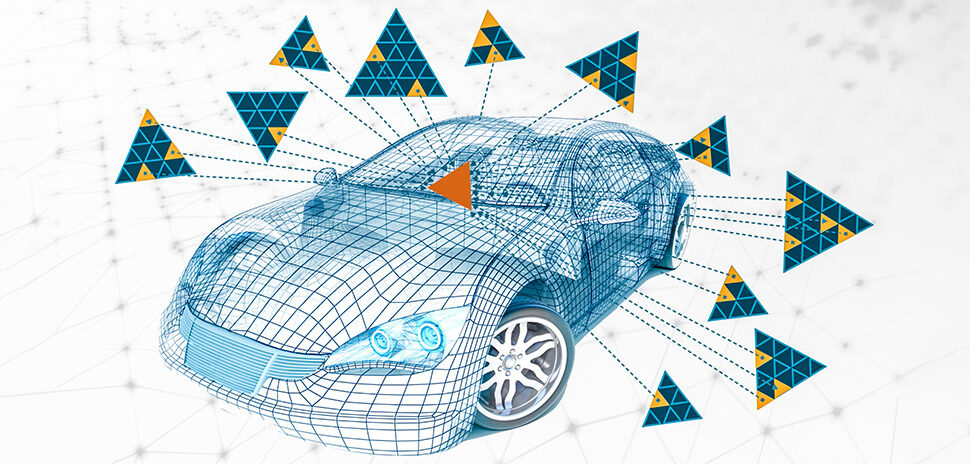![]() A team of Polsinelli patent attorneys recently enjoyed informing a client that its software patent application had been allowed with lightning-fast speed. The United States Patent and Trademark Office (USPTO) had issued a First-Action Allowance at three months and three days after filing the application, which is now U.S. Patent No. 9,536,054.[1]
A team of Polsinelli patent attorneys recently enjoyed informing a client that its software patent application had been allowed with lightning-fast speed. The United States Patent and Trademark Office (USPTO) had issued a First-Action Allowance at three months and three days after filing the application, which is now U.S. Patent No. 9,536,054.[1]
The application was filed under the USPTO’s Track One program, which promises a final disposition within a shortened timeframe, i.e., “within about twelve months,” in exchange for payment of an additional fee.[2] The fee is due when the application is filed, and is currently $4,000 for large entities, $2,000 for small entities, and $1,000 for micro entities.
Our team was curious how long it would have taken to obtain the patent had we not filed under Track One, so we conducted an investigation.
Our team was curious how long it would have taken to obtain the patent had we not filed under Track One, so we conducted an investigation.
It is generally recognized that an application’s prosecution timeframe, i.e., the length of time from filing an application to issuance of a patent, is mostly dictated by the application’s classification. Indeed, software applications generally take much longer to prosecute than mechanical applications. Thus, we took our application’s class, i.e., Class G06F: Electrical Digital Data Processing, and generated the following chart based on USPTO data from 2005 to 2016.

[IMAGE: PatentIdx.com via Polsinelli]
As illustrated, we discovered the volume of applications classified in Class G06F has dramatically increased from 2005 to 2016 by 250%. Despite this increase, however, we also discovered that the USPTO has done a fantastic job reducing prosecution timeframe. Indeed, over a decade ago, applicants typically had to wait approximately four years for a patent to issue.
We discovered that patent applicants in Class G06F currently have to wait about three years, on average, before issuance of a patent.
Regarding the answer to our team’s question, we discovered that patent applicants in Class G06F currently have to wait about three years, on average, before issuance of a patent.
TAKE THE FAST TRACK
Thus, with the understanding that prosecution timeframes vary between classes, data processing software applicants who would like to obtain a patent as quickly as possible would be well served to file their applications under Track One.
To learn more about Polsinelli’s Patent Prosecution practice, click here.
Resources
[1] http://www.google.com/patents/US9536054
[2] https://www.uspto.gov/patent/initiatives/usptos-prioritized-patent-examination-program






































































